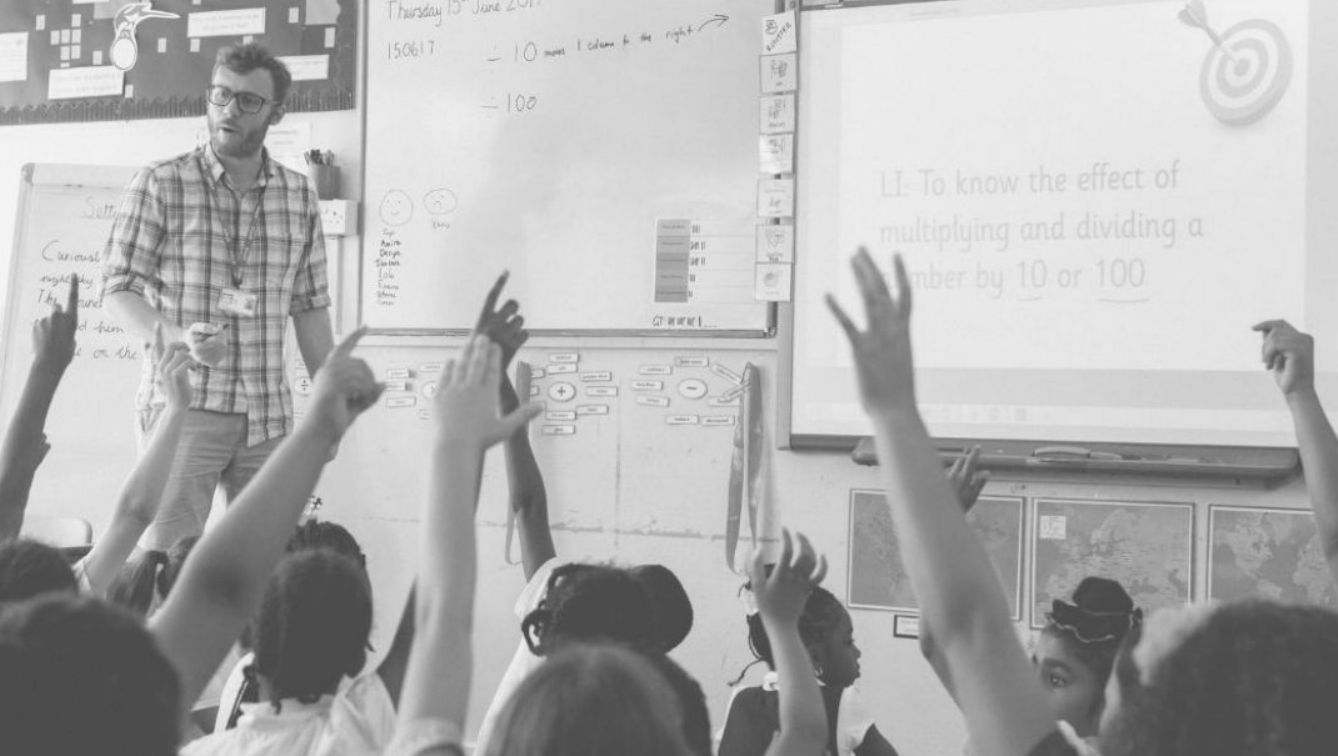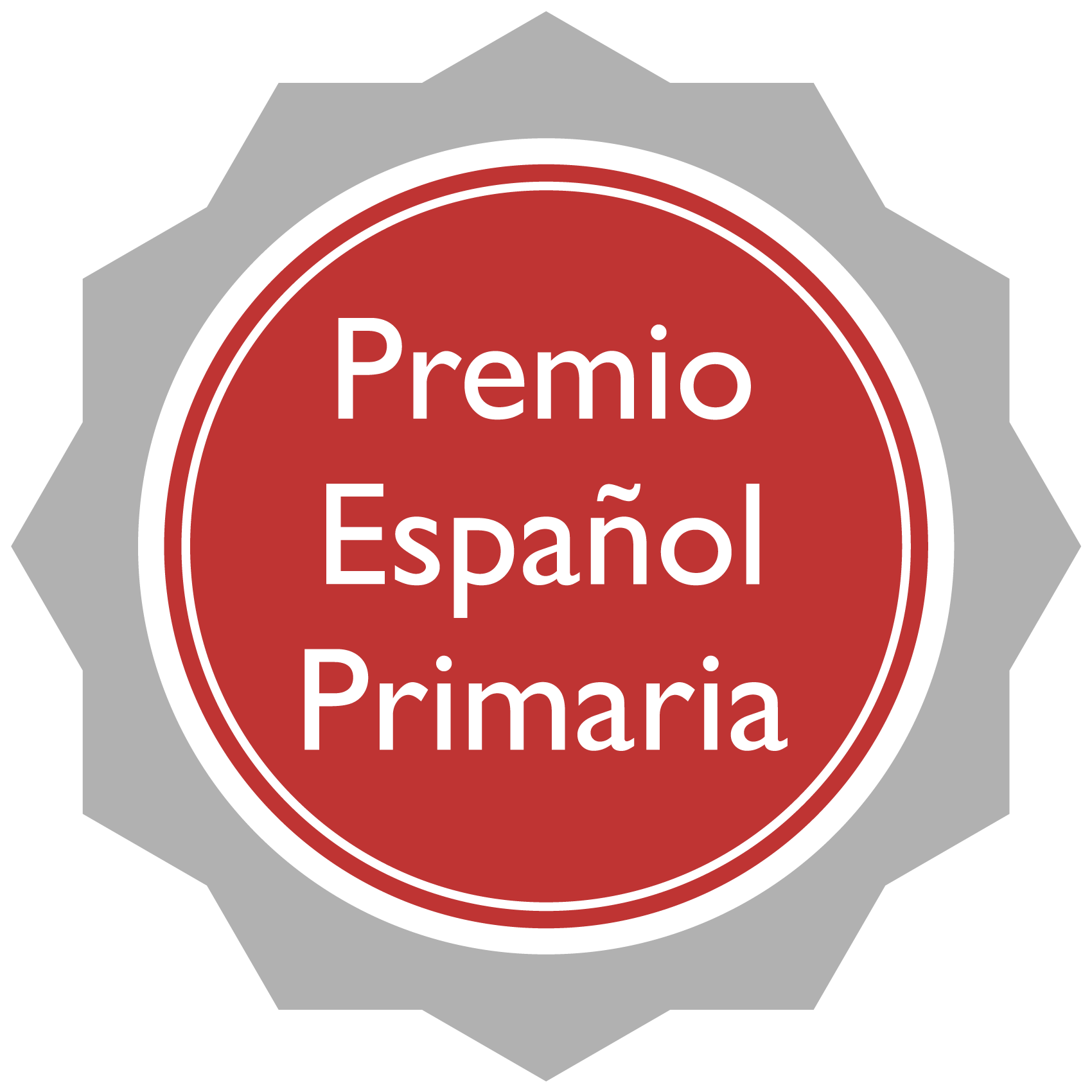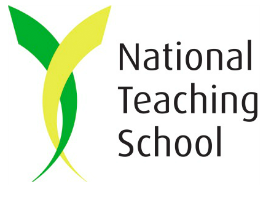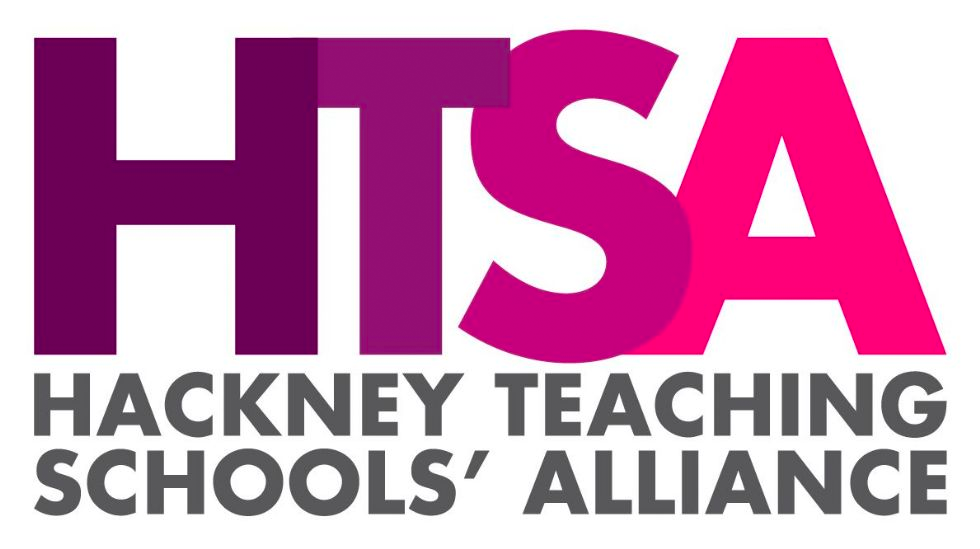Art & Design
Art, design and creativity are integral to the delivery 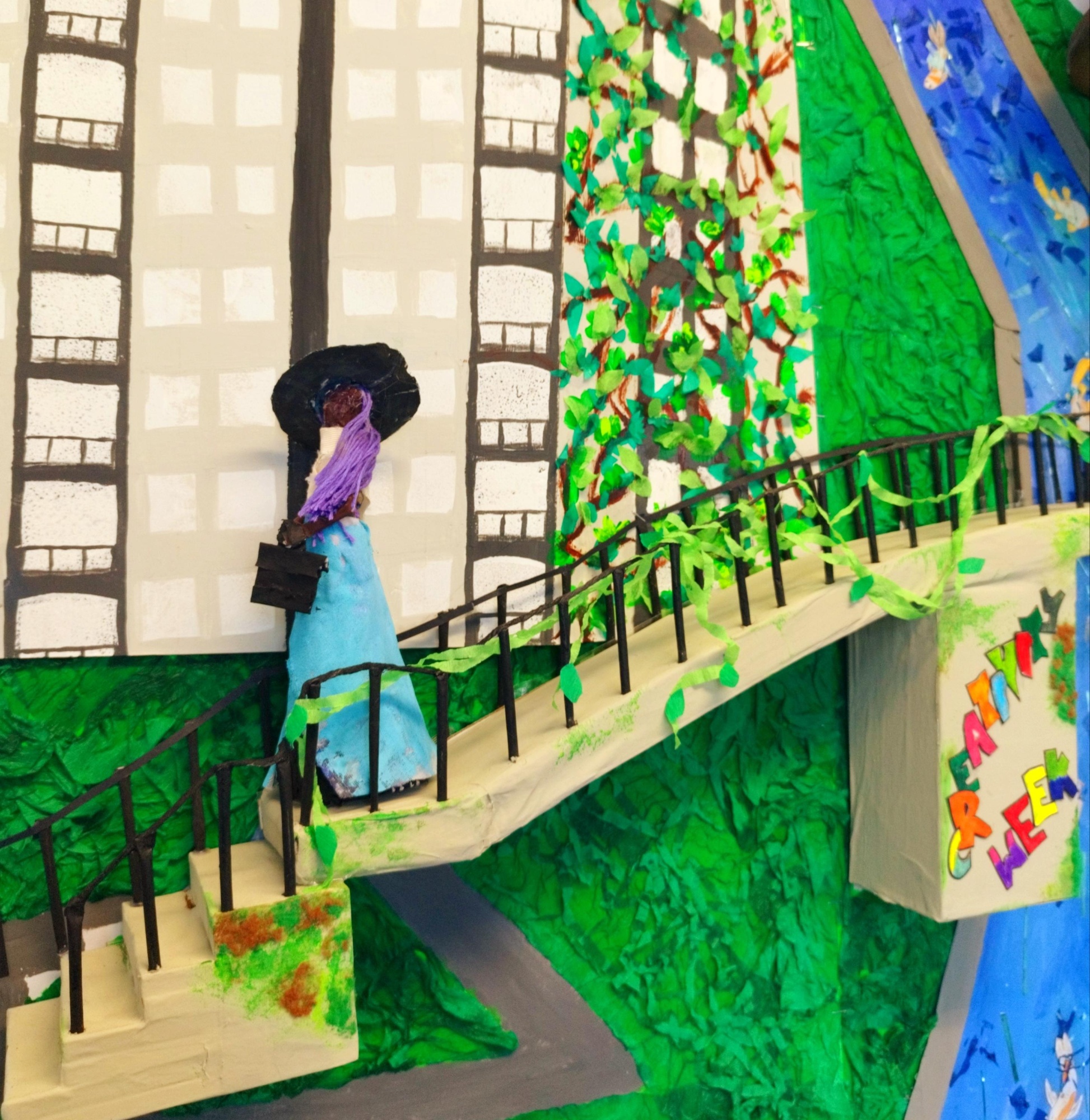 and ethos of our LEAP curriculum. Children are introduced to a wide range of artists, techniques and rich experiences, which enable them to develop their knowledge and skills progressively throughout their time at LEAP.
and ethos of our LEAP curriculum. Children are introduced to a wide range of artists, techniques and rich experiences, which enable them to develop their knowledge and skills progressively throughout their time at LEAP.
Our art curriculum introduces children to the artists of the past and present, who have had a profound impact on current arts and artistic ways of thinking. These artists are from a variety of art movements and allow the children to explore new vocabulary, styles of working and a knowledge of art history. 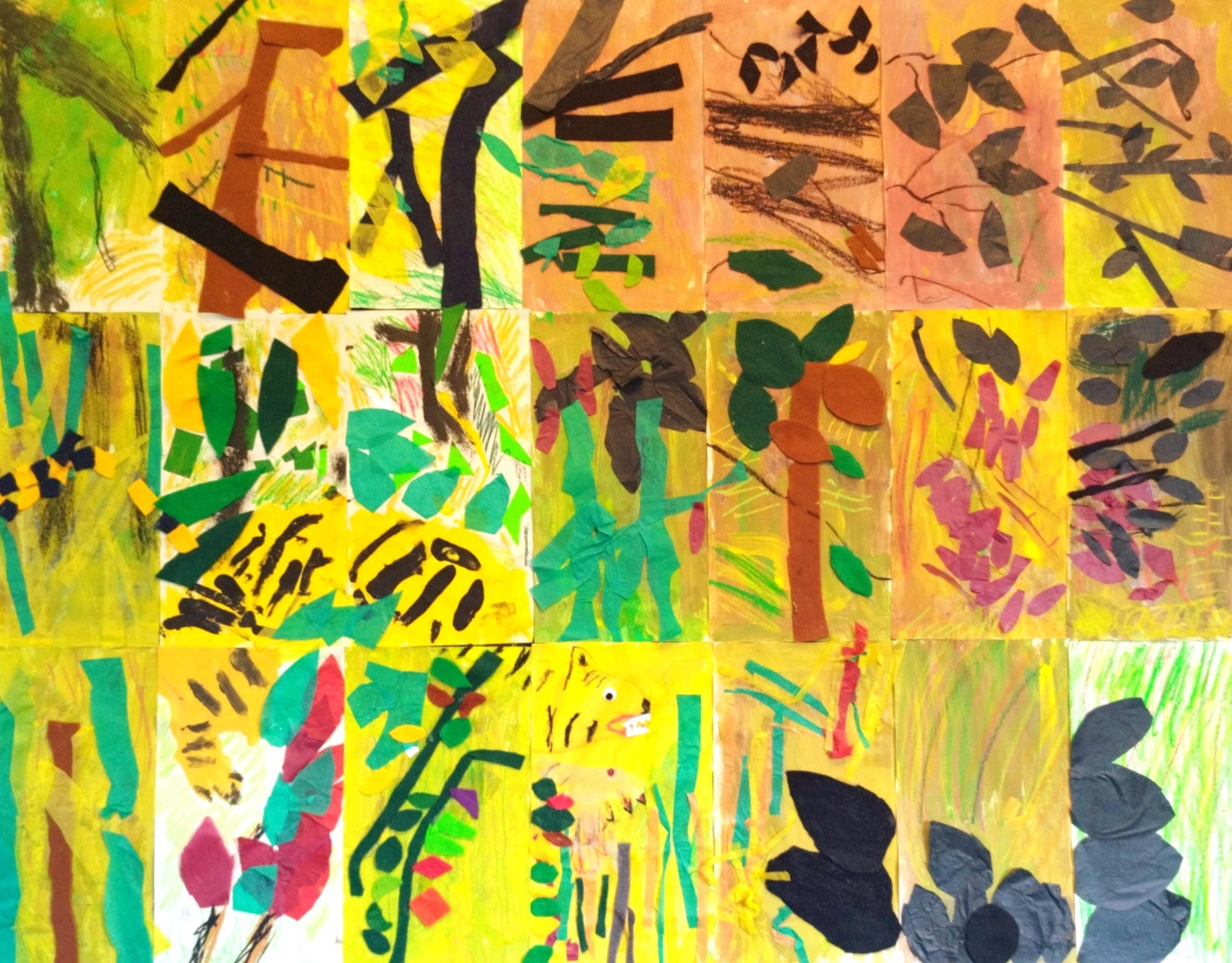 Our creative lessons mean that children develop their observation, line-work and artistic skills from an early age in painting, drawing, mixed-media and printmaking. This is developed as they go through the school, leaving us in Year 6 as confident, knowledgeable and well-rounded artists.
Our creative lessons mean that children develop their observation, line-work and artistic skills from an early age in painting, drawing, mixed-media and printmaking. This is developed as they go through the school, leaving us in Year 6 as confident, knowledgeable and well-rounded artists.
Creativity promotes critical and analytical thinking, empowers students, develops self-esteem and forges connections between the different subjects as school and between school life and the wider world. Becoming creative thinkers enables young people to think and act independently and encourages entrepreneurial and innovative thinking, skills which are increasingly important in a competitive and changing world.
National Curriculum
Art and Design lessons are in line with the National Curriculum objectives (see link below) and ensure a balanced programme of progression across the year, exposing the children to a wide range of art from different periods, cultures and locations.
Link to National Curriculum (England) Art and Design
Curriculum overview
- Art is taught weekly to ensure skills and techniques
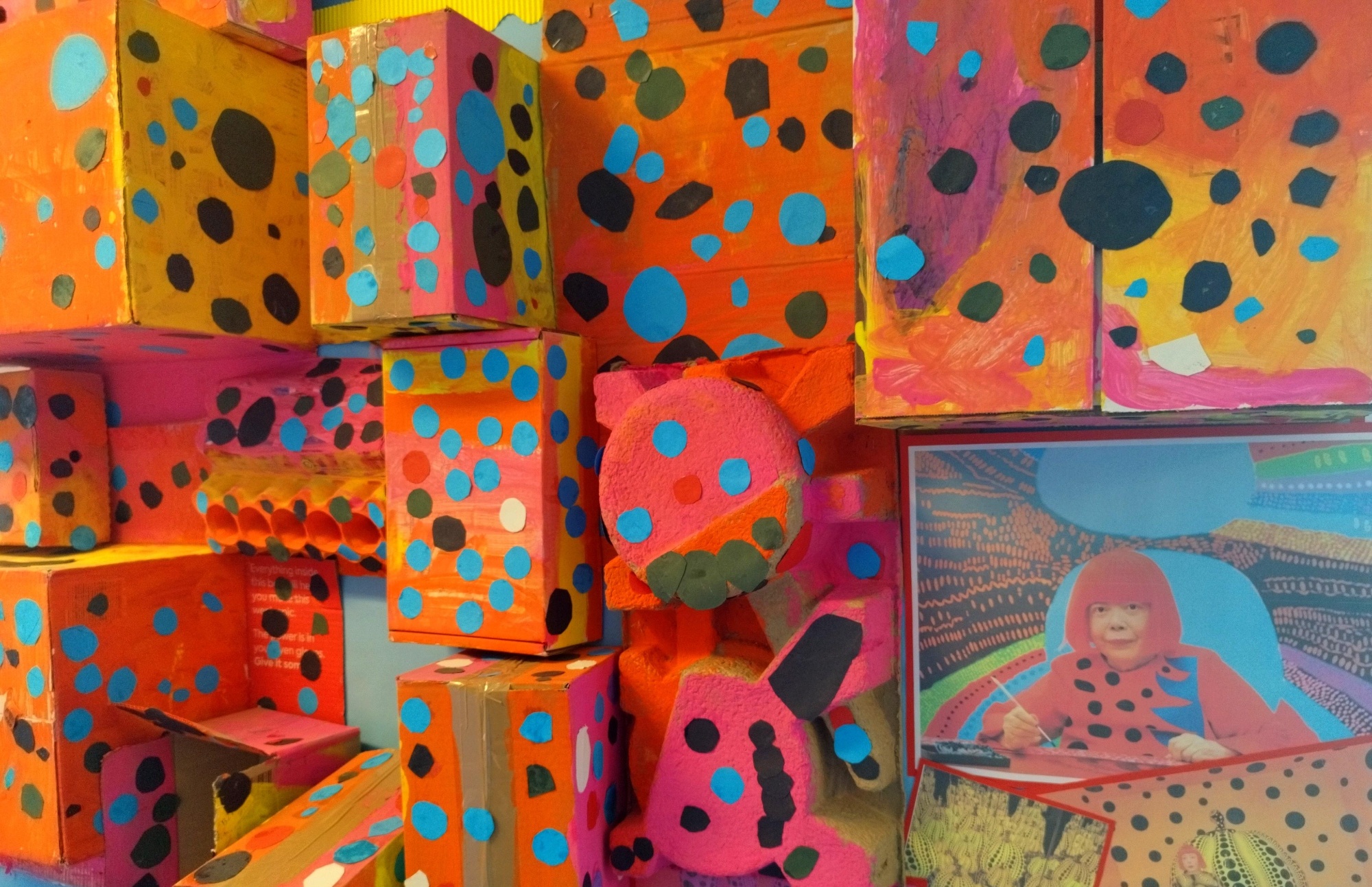 are revisited and developed. Each half term we focus on a different art movement or period including baroque, Impressionism and Surrealism. We look at a range of artists from the 'Great Masters' such as Da Vinci and Rembrandt to contemporary artists such as Sonia Boyce and Kehinde Wiley.
are revisited and developed. Each half term we focus on a different art movement or period including baroque, Impressionism and Surrealism. We look at a range of artists from the 'Great Masters' such as Da Vinci and Rembrandt to contemporary artists such as Sonia Boyce and Kehinde Wiley. - Each year, we work in partnership with
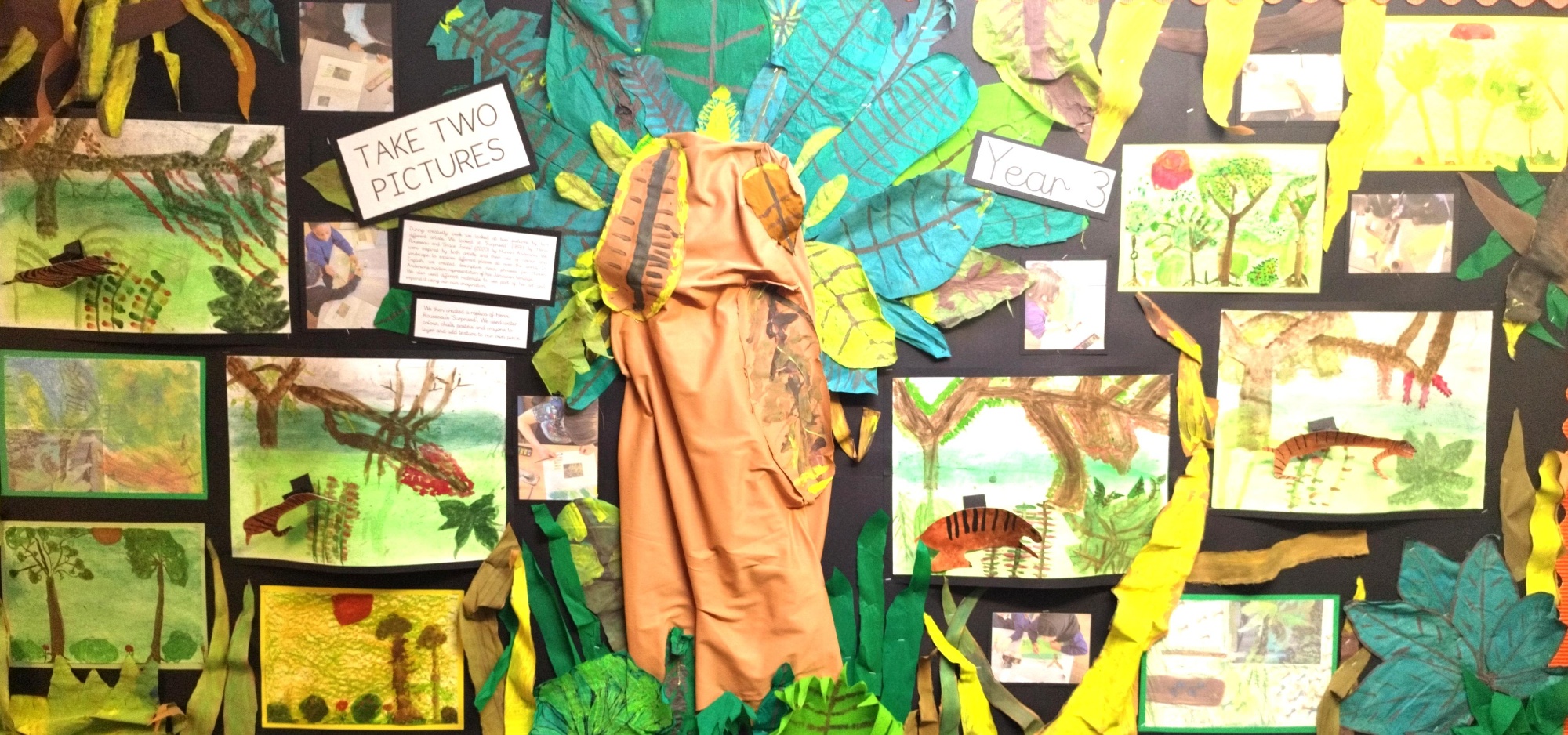 the National Gallery’s Take One Picture and have developed our own version to incorporate our Empowerment Curriculum by including a second picture by a British diverse artist - Take Two Pictures.
the National Gallery’s Take One Picture and have developed our own version to incorporate our Empowerment Curriculum by including a second picture by a British diverse artist - Take Two Pictures. - Progression and skills are evident from EYFS to Year 6, and is recorded in sketchbooks and displays. Art lessons are both knowledge and skill based to re-inforce the learning of knowledge about both great makers and creators of the past.
See the PDF of our Art Curriculum at the bottom of this page
Cultural Capital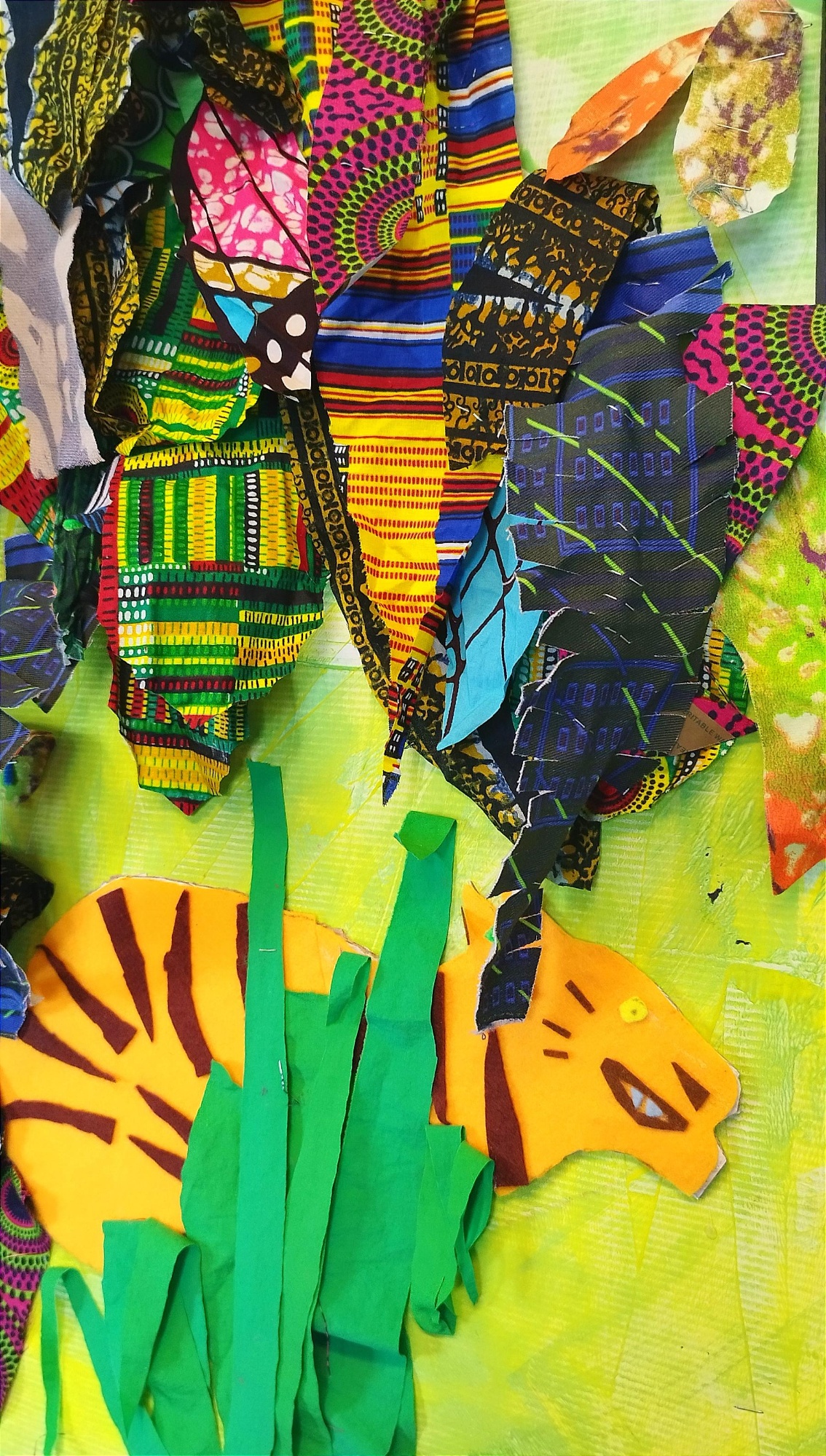
We are fortunate to live in a thriving international art capital and at LEAP we take full advantage of this! We have links to outside institutions and galleries include: The National Gallery: Take One Picture, The Estorick Collection, The Barbican, The Guildhall Art Gallery, The Cell Gallery, Artburst, The Tate, Hackney Music Festival, Art Hoppers and A New Direction etc.
Kingsmead have a half-termly exhibition of the children’s work, which is curated by our gifted and talented Art students – our Art Ambassadors. The themes of these half-termly exhibitions are the Fundamental British Values, which we link with the style of a particular artist. Parents and carers are invited to an exhibition opening, and the exhibiting class take them round on a tour.
We hold a Creative Careers Day when artists and creators from the local school community and area are invited to come and run workshops and talk to the children about their jobs, how they got to where they are, what they enjoy about their work and generally inspire the children about the possibilities of a career in the Arts.
You can see some of the many other creative projects that we've previously participated in, on the Timeline of Past Collaborations and Creative Projects page .
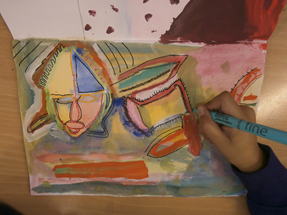
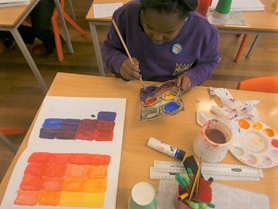
Rich, Relevant and Representative: The LEAP Empowerment Curriculum
We have developed an art curriculum that is rich, relevant and representative by exposing the children to a range of artists from ethnic minorities and how they have shaped and contributed to art history. Our holistic approach is designed to develop children’s understanding of the multitude of different people and cultures in our world. Children will look at influences from around the world, such as the importance of pattern in Islamic art and the influence of African masks in the paintings of Picasso and Modgliani
Fundamental British Values
At LEAP, we believe in threading Fundamental British Values throughout our curriculum. In Art, we are particularly focused on Individual Liberty and every child’s individual right to express themselves freely and right to have an opinion. We teach this through discussion and appraisals of artists work from the present and the past.
Awards
In September 2021 we were delighted to be awarded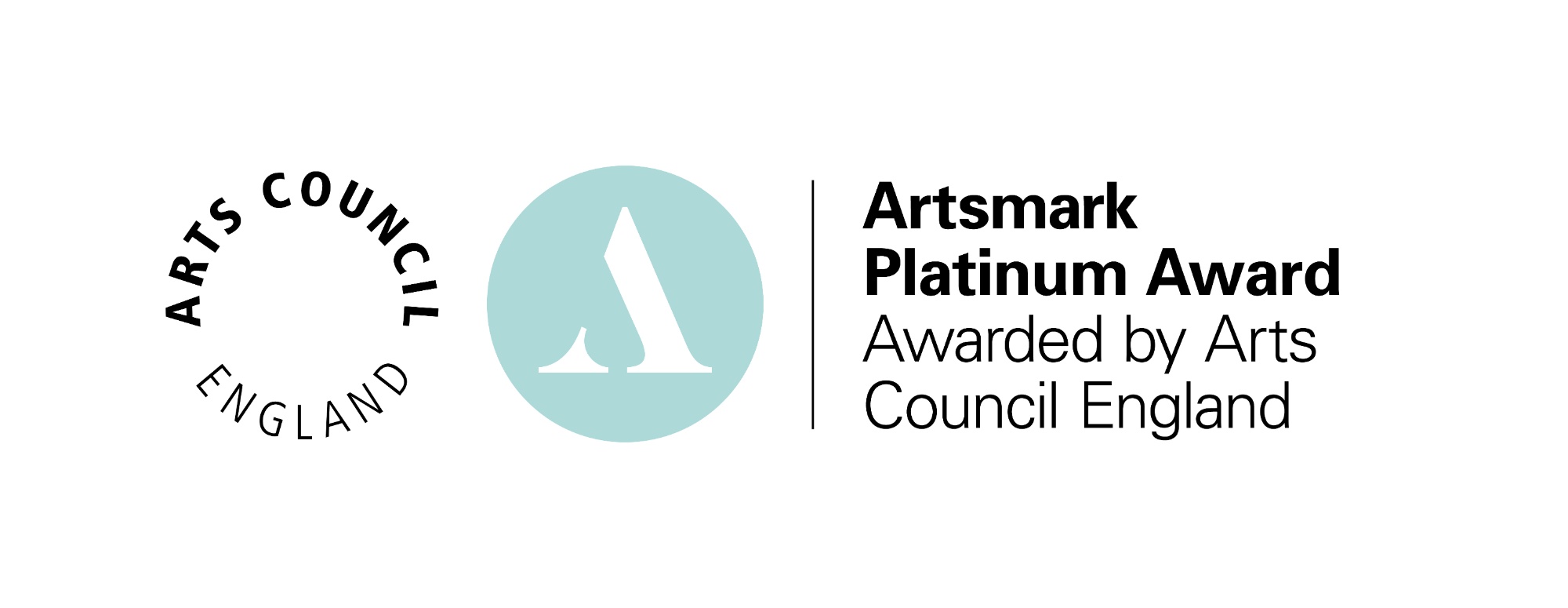 Artsmark Platinum. The Artsmark assessor commented that ''Kingsmead Primary is an established arts-rich learning setting, committed to creativity and the personal growth of its learners......Your commitment to developing arts provision that authentically promotes and reflects ethnic diversity is exemplary".
Artsmark Platinum. The Artsmark assessor commented that ''Kingsmead Primary is an established arts-rich learning setting, committed to creativity and the personal growth of its learners......Your commitment to developing arts provision that authentically promotes and reflects ethnic diversity is exemplary".
Art at Home
Observational drawing is one of the hardest skills we can learn in drawing and painting, and it takes practice. It is about using your eyes to follow the shapes and angles in nature/of an object, using what you can actually see, rather than what you know is there. Going to museums, galleries, local parks - you can find a huge variety of objects you can practice drawing using your observational skills. All you need is a paper, pencil and your eyes.
Here is a list of London museums and galleries that are free to get into, where you can find a lot of very interesting artefacts and artworks you could draw and be inspired by.
- Tate Modern
- Tate Britain
- Guildhall Art Gallery
- British Museum
- Natural History Museum
- Science Museum


